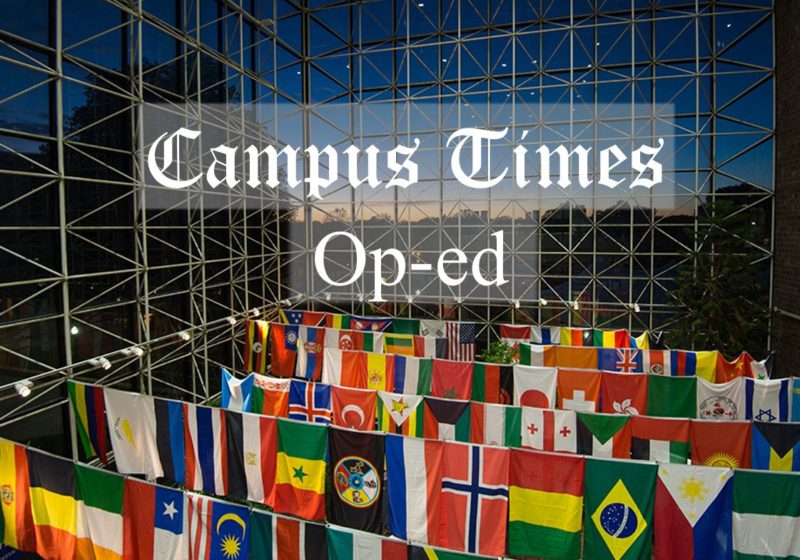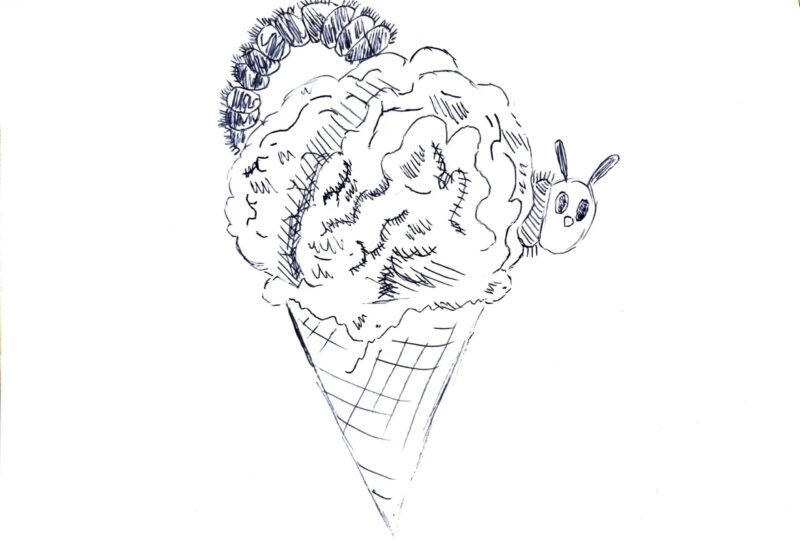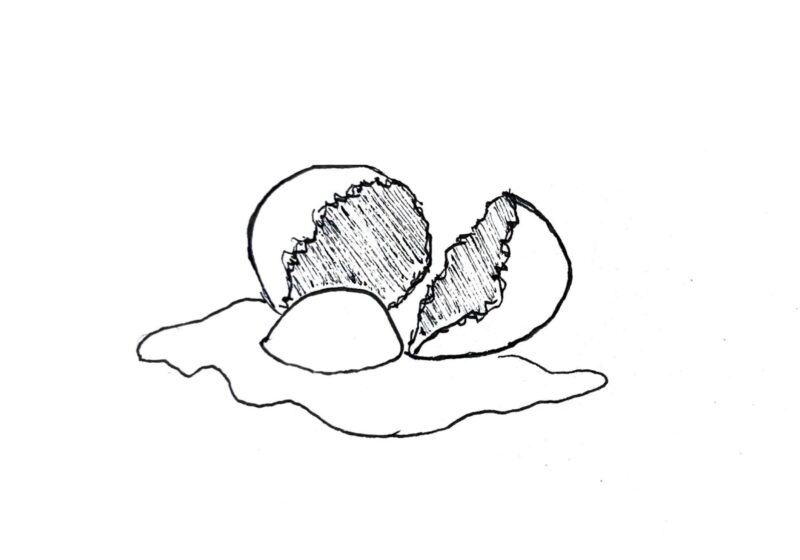As the United States continues its COVID-19 vaccine distribution efforts, pressure has mounted for the U.S. government to share its supply of vaccines with the rest of the world, with a lot of citizens throwing around contradictory complaints.
As of now, the U.S. has purchased enough doses of different vaccine variants to inoculate every adult in the U.S. three times over, and is working on another deal to buy 100 million more doses from U.S. based pharmaceutical company Johnson & Johnson.
This seems like overkill, especially considering that the Johnson & Johnson vaccine only requires one dose, as opposed to the two required for maximum efficacy from Pfizer and Moderna. The U.S. should have plenty of doses for the nation to be fully vaccinated then, right? Well, not yet; a lot of these doses only exist on paper.
Although the U.S. has purchased massive amounts of the vaccine, the government doesn’t yet have many of these doses, as those deals are fulfilled over time. The 100 million dose deal with Johnson & Johnson isn’t expected to be completed until later this year. Furthermore, the previous administration ordered 300 million doses of the AstraZeneca vaccine, but it’s still not approved for use by the FDA. So right now, the U.S. government doesn’t have a physical vaccine for every American. The new deal with Johnson & Johnson will probably help us reach this goal by the end of May, but until then, the U.S. doesn’t actually have a surplus.
Even so, the U.S. still has a commitment to assist with the distribution of vaccines throughout the rest of the world. Given the likelihood of fully vaccinating the American population by May or June, the U.S. ought to use its incredible wealth and international influence to bring some relief to other vaccination efforts. And — to a small extent — the U.S. government is beginning to acquiesce to these demands. The U.S. has committed $4 billion to an international vaccine distribution program co-led by the World Health Organization, and is working with the Quadrilateral Security Dialogue (represented by leaders from the U.S., Australia, India, and Japan) to streamline the production of one billion doses by 2022, mostly to be distributed in Southeast Asia and the Pacific. The U.S. is also sending four million doses to Mexico and Canada. It’s highly likely that those two countries will see even more American assistance as the U.S. continues to vaccinate its own population and a surplus of the vaccine is created.
So, has the U.S. been sharing its surplus of vaccines? No, because the U.S. doesn’t have a surplus yet. Is the U.S. taking an active role in assisting other nations in their vaccine rollouts? Yes, most notably through committing money to the WHO vaccination distribution program and promising one billion doses of the vaccine for Asian and Pacific countries by 2022.
At the moment, in terms of sharing actual doses, the U.S. doesn’t have the necessary surplus to do so. Once the U.S. does have that surplus by early summer, though, it will be time for the country to expand vaccination efforts beyond its own borders and ensure the well-being of the rest of the world.




